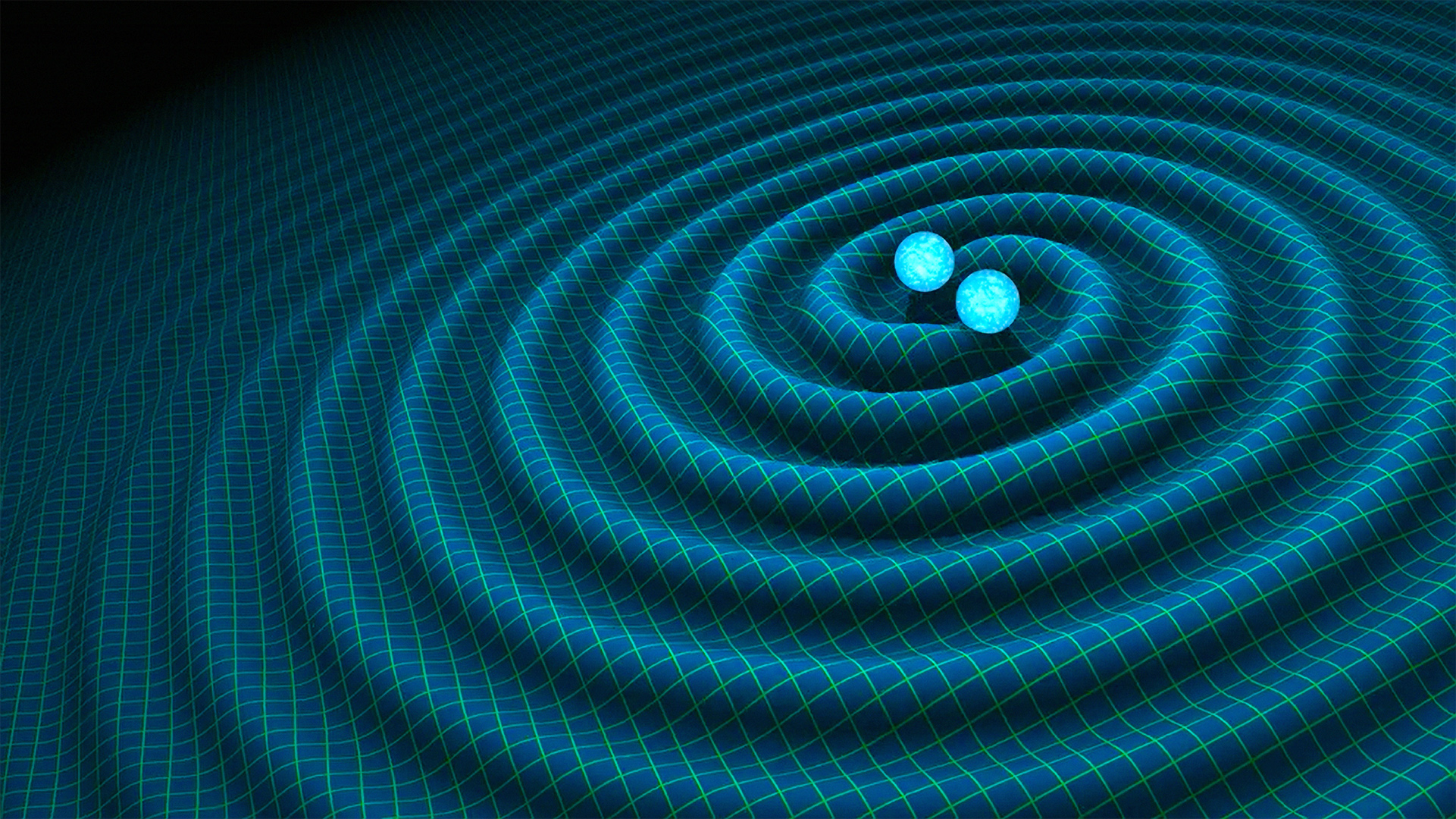About Me

Education:
I recieveded my Bachelor's of Science in Physics with a minor in Mathematics from Purdue University in 2017.
While at Purdue, I performed research in Professor Chen-Lung Hung's Ultracold Atoms lab, helping to construct laser systems and electronic controls for cooling and trapping
cesium and rubidium atoms. I then moved to Eugene, Oregon to start my PhD in Physics at the University of Oregon in 2017. I joined Professor Ben Farr's group doing graviational wave data
analysis research in 2018 and have been a member of the LIGO Scientific Collaboration since. I received my Master's of Science in Physics in 2020
and expect to graduate with my PhD in Physics in early 2023.
Research Interests:
I study the properties of Compact object populations using gravitational waves. I look at their population properties in order to understand
how black holes form and eventually merge. Gravitational-wave astronomy has openened a new regime to learn
about the complicated astrophysics governing these extremely dense objects in our universe. In addition I am more generally interested
in applying state-of-the-art, statistically robust Bayesian analyses and novel machine learning techniques to gravitational-wave data. Check out my publication lists below to see a more detailed
description of my research activity.
Publications:
ADS.
Orcid ID.
Arxiv.
Google Scholar.
Curriculum Vitae:
PDF.
Research
Gravitational Waves
 Einstein's general theory of relativity is our best explanation for how gravity works. It says that energy or mass can curve spacetime and all particles travel on
straight lines through this curved spacetime. This theory also predicts the existence of gravitional waves, or ripples in spacetime, that propagate across the universe
when massive objects accelerate through spacetime. These ripples are extremely small and hard to detect, but in 2015 the most senstive measuring instrument every built, the
Laser Interferometer Gravitational-wave Observatory (LIGO), made the first direct detection of gravitational-waves, which was produced by the merging of two extremely massive black holes, known as
GW150914. In addition to merging black holes, LIGO is also able to detect merging neutron stars.
These are extra interesting because we are sensitive them at closer distances and they produce bright electromagnetic radiation when they merge. This allows us to, in extraordinary circumstances, observe binary neutron star mergers both in gravitaional and electromagnetic (light) waves!
In 2017 LIGO detected a binary neutron star merger, GW170817, followed by an associated gamma ray burst detected by
gamma ray telescopes, which allowed for a precicse location of this merger to be determined. Then telescopes across the world all looked at this precice location in the sky to observe the elusive kilonova and
afterglow, thanks to the early announcment of this detection by LIGO. Since these first two monumental discoveries, there has been numerous more
compact binaries detected, opening up a rich new field of astronomy to explore the cosmos with.
Einstein's general theory of relativity is our best explanation for how gravity works. It says that energy or mass can curve spacetime and all particles travel on
straight lines through this curved spacetime. This theory also predicts the existence of gravitional waves, or ripples in spacetime, that propagate across the universe
when massive objects accelerate through spacetime. These ripples are extremely small and hard to detect, but in 2015 the most senstive measuring instrument every built, the
Laser Interferometer Gravitational-wave Observatory (LIGO), made the first direct detection of gravitational-waves, which was produced by the merging of two extremely massive black holes, known as
GW150914. In addition to merging black holes, LIGO is also able to detect merging neutron stars.
These are extra interesting because we are sensitive them at closer distances and they produce bright electromagnetic radiation when they merge. This allows us to, in extraordinary circumstances, observe binary neutron star mergers both in gravitaional and electromagnetic (light) waves!
In 2017 LIGO detected a binary neutron star merger, GW170817, followed by an associated gamma ray burst detected by
gamma ray telescopes, which allowed for a precicse location of this merger to be determined. Then telescopes across the world all looked at this precice location in the sky to observe the elusive kilonova and
afterglow, thanks to the early announcment of this detection by LIGO. Since these first two monumental discoveries, there has been numerous more
compact binaries detected, opening up a rich new field of astronomy to explore the cosmos with.
Compact Object Populations
 Now that we are observing many of these extreme new mergers of black holes and neutron stars, we can obtain additional information by looking at the entire population of sources. We use this information about the population to learn about how these dense objects form and evolve.
By investigating the dense remains left behind from old stars, we learn about their life and death. Additionally LIGO only detects binary systems that merger, which provides a direct probe to learn about the very uncertain physics that govern binary evolution. By iterating with simulations of compact
binaries, and with more accurate models and fit to graviational-wave data, we are beginning to further develop our understanding of binary stellar evolution. To read more look below at my publications or
check out this featured highlight on the American Astronomical Society's website about a recent study I led on looking for gaps in the binary black hole population: Addressing a Gap in Our Knowledege of Black Holes.
Now that we are observing many of these extreme new mergers of black holes and neutron stars, we can obtain additional information by looking at the entire population of sources. We use this information about the population to learn about how these dense objects form and evolve.
By investigating the dense remains left behind from old stars, we learn about their life and death. Additionally LIGO only detects binary systems that merger, which provides a direct probe to learn about the very uncertain physics that govern binary evolution. By iterating with simulations of compact
binaries, and with more accurate models and fit to graviational-wave data, we are beginning to further develop our understanding of binary stellar evolution. To read more look below at my publications or
check out this featured highlight on the American Astronomical Society's website about a recent study I led on looking for gaps in the binary black hole population: Addressing a Gap in Our Knowledege of Black Holes.
Publications:
ADS.
Orcid ID.
Arxiv.
Google Scholar.
Curriculum Vitae:
PDF.
Contact
Email: bedelman@uoregon.edu, bruce.edelman@ligo.org, joromib7@gmail.com




